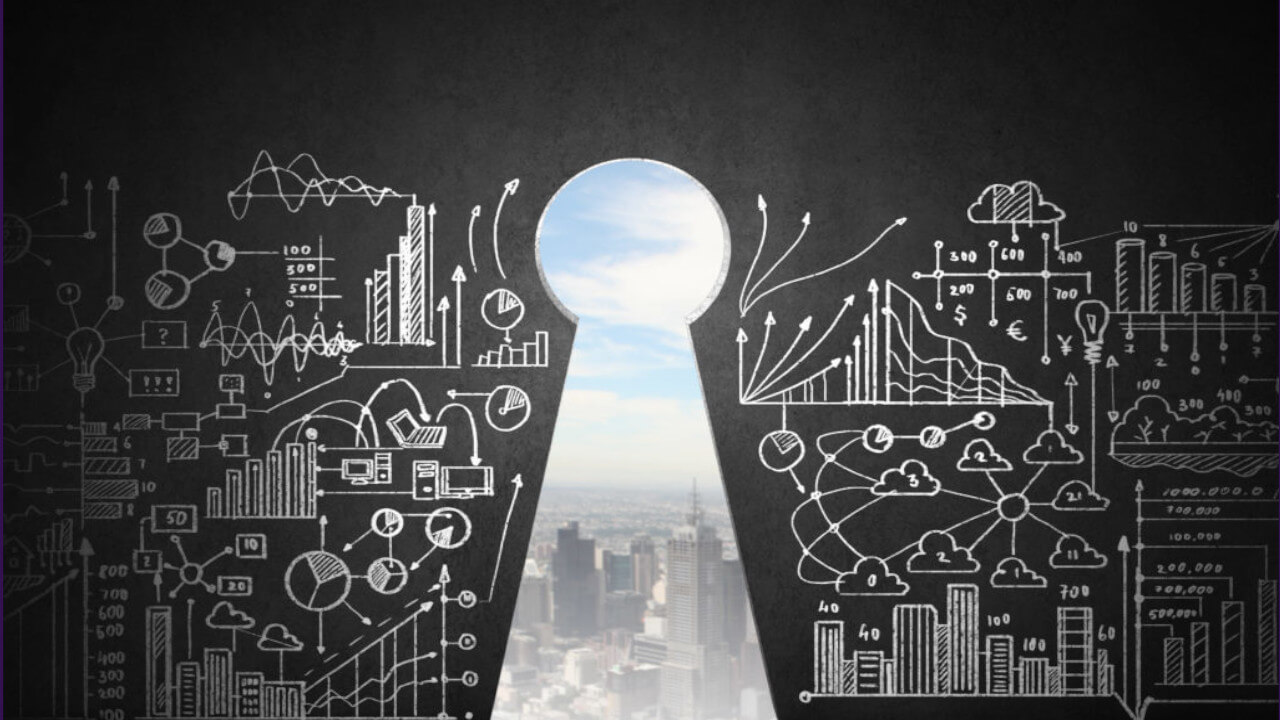Understanding future demand trends, their causes, and the guest segments driving them can help hotel revenue managers adjust room rates to boost occupancy and sales.
NB: This is an article from Cloudbeds, one of our Expert Partners
Subscribe to our weekly newsletter and stay up to date
Accurate forecasting also benefits hotels’ bottom lines in other ways. Managers can use it to budget, allocate resources, streamline inventory management, and improve the guest experience.
But traditional forecasting models no longer cut it. Relying on historical data hinders performance since no season is ever identical to the last. Demand is constantly influenced by new factors, which past data alone cannot predict.
Limitations of traditional hotel forecasting
There are two limitations of traditional forecasting in the hospitality industry leading to this situation.
1. Lack of integration between rates and bookings
In standard demand models, rates and bookings are managed separately. This disconnect means that any change in demand trends isn’t immediately visible to the pricing system, which continues to rely on historical data.
The result is a static forecasting approach that often skips directly to the final outcome without evolving predictions through the booking window. With no dynamic adaptation, traditional models lack the flexibility to adjust as new market conditions arise.
Going back to our example, once the forecast was updated and the hotel noticed a surge in demand compared to last year’s event, rooms had already been booked at lower-than-optimal rates, leaving revenue on the table.
2. No use of external or forward-looking data
Traditional models don’t incorporate external data—such as compset rates and benchmarks, the hotel’s ranking on online travel agencies (OTAs), and search traffic from partners—to process it into a unified framework alongside rates and bookings.
This forward-looking data (e.g., current data indicating a larger trend) would enable the revenue manager to recognize the stronger demand generated by this year’s festival before it results in an uptick in bookings. External data is an untapped resource for hoteliers, who usually have access to it but are not able to properly process it and incorporate it into their forecasts.
As a result, revenue managers are forced to rely on guesswork to fill these gaps, leading to biased predictions, missed opportunities, and lost revenue.
How other industries are forecasting
Other industries have moved beyond these limitations by adopting advanced algorithms that dynamically adapt to new conditions, improving forecasting accuracy. These models use machine learning and causal AI to incorporate past and present data and uncover cause-and-effect relationships between variables, predicting shifts in demand and adjusting as they happen.





